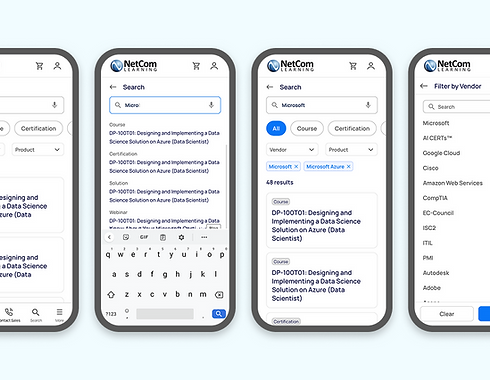An AI Enabled Design Expert
Featured Projects
Services for Startups & Product Teams
I work as a freelance UX & Product partner across strategy, UX design, branding, and delivery. You can bring me in for a focused project, or as ongoing support for your product team.

Product & UX Strategy for SaaS Products
If you’re a founder or product lead, I can help you turn ideas into a clear, actionable product plan. I work as a freelance product partner to define the right problems, shape the roadmap, and align stakeholders around measurable outcomes.
-
Product discovery, market research & competitive analysis
-
Roadmapping and MVP scoping for SaaS & platforms
-
Prioritization frameworks (MoSCoW, RICE) for faster decisions
-
Stakeholder workshops & alignment across product, design & tech
-
Defining success metrics, KPIs and experiment hypotheses
-
Cross-functional collaboration with remote teams
-
Innovation & ideation sessions to explore new opportunities
Testimonials
I’ve had the pleasure of working with Chandan in both full-time and part-time capacities, and he has consistently delivered exceptional work. He is a highly skilled UI/UX designer with a strong eye for detail and a deep understanding of user-centric design.
What stands out most is his sense of responsibility and ownership. No matter the scope of the task, he approaches every project with dedication, clear communication, and a genuine commitment to delivering high-quality results. I’ve always been able to rely on him to take initiative, meet deadlines, and go the extra mile when needed.
Chandan has been a valuable partner in every project we’ve worked on together, and I highly recommend him to anyone looking for a talented and dependable UI/UX designer.

Harshul Vats
Senior Product Manager, Revv













